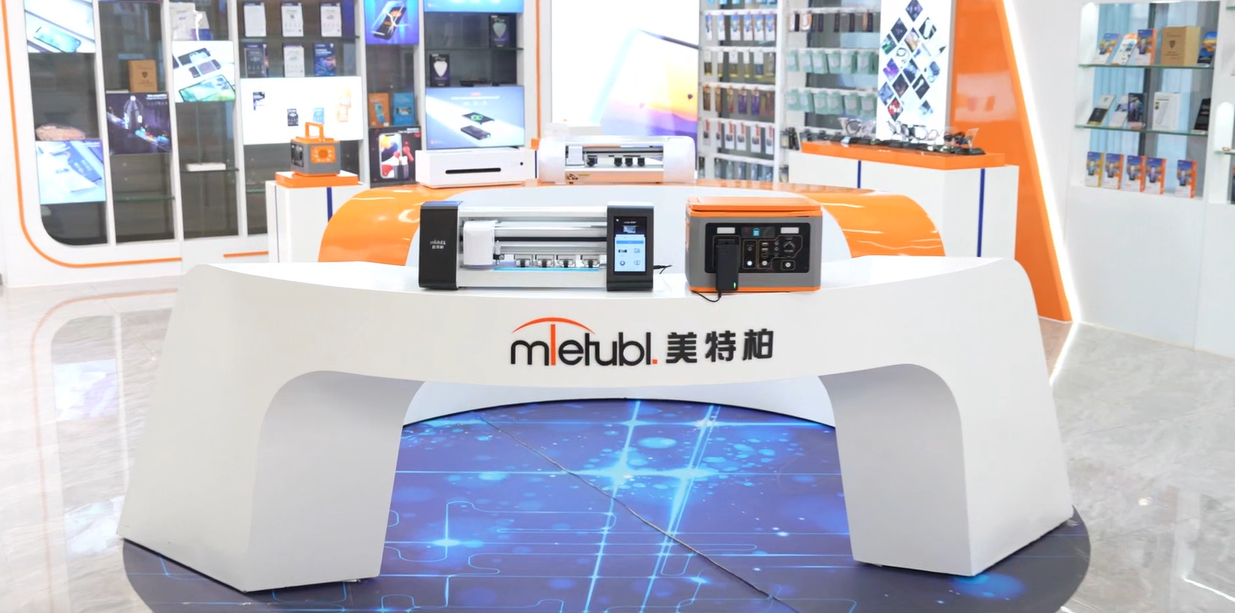
MIETUBL Brand Overview
MIETUBL is a brand originating from China and thriving through China’s intelligent manufacturing. It is committed to providing high-quality mobile accessories and related products to global consumers. Since its inception in 1998, the brand has followed the trends of the times, focusing on resource integration and building a symbiotic and shared industry ecosystem, enabling global consumers to conveniently access quality products that enhance their lives.
By continuously innovating and diversifying its product offerings, MIETUBL has achieved significant success in the mobile accessory industry. As a brand driven by customer value and innovation, MIETUBL has expanded into various product applications while accumulating rich industry experience and establishing a stable customer base. Headquartered in Zengcheng, Guangzhou, the company has strategically positioned itself within the mobile accessory industry, integrating high-quality production resources and aiming for a win-win business model.
Core Values and Development Vision:
-
Customer-Centric: MIETUBL always prioritizes customer needs, continually enhancing product quality and consumer experience through innovation and technological research and development.
-
Resource Integration and Industry Symbiosis: By integrating industry resources, MIETUBL creates a symbiotic, shared industry ecosystem, connecting global distributors and consumers, and promoting mutual growth across the value chain.
-
Global Vision: MIETUBL is committed to bringing Chinese manufacturing to the world, providing global consumers with high-quality, innovative mobile accessories, while offering profitable opportunities for distributors.
MIETUBL’s long-term vision is to continually enhance its products through innovation and quality, establishing “MIETUBL” as a globally trusted brand, recognized in markets around the world.
PRODUCTS
Why Is 9H Hardness the Industry Standard for Tempered Glass?
The Mohs Hardness Scale: Measuring Scratch Resistance
The "H" in 9H refers to the Mohs Hardness Scale, a relative scale measuring a mineral's resistance to scratching. Developed by German mineralogist Friedrich Mohs in 1812, this scale ranges from 1 (talc, easily scratched) to 10 (diamond, the hardest naturally occurring substance). Each mineral on the scale can scratch all minerals below it, but cannot scratch those above it. Crucially, the scale is not linear; the difference in hardness between a 9 and a 10 is significantly greater than the difference between a 1 and a 2.
Tempered glass, a type of safety glass strengthened by thermal or chemical treatment, typically achieves a hardness rating of around 9H on the Mohs scale. This means it can resist scratching from most common materials, including steel tools and even some harder stones. This exceptional scratch resistance is a major selling point, particularly for devices with delicate displays.
9H Hardness and the Manufacturing Process
Achieving a 9H rating isn't accidental; it's the result of a precise manufacturing process. Tempered glass undergoes a rigorous heat treatment, involving heating it to a high temperature and then rapidly cooling it. This process induces compressive stress within the glass, making it significantly stronger and more resistant to shattering than annealed (regular) glass. This compressive stress also contributes to its increased scratch resistance, pushing the hardness rating into the 9H range.
Slight variations in the manufacturing process, including the temperature profile and cooling rate, can affect the final hardness. Therefore, a 9H rating isn't a universally precise measurement but rather a benchmark indicating a high level of scratch resistance achieved through a specific manufacturing technique. Companies might slightly modify their processes to fine-tune this hardness, but the 9H designation remains a commonly understood indicator of quality.
Limitations of the 9H Rating
While 9H hardness signifies impressive scratch resistance, it's crucial to understand its limitations. The Mohs scale measures scratch resistance, not impact resistance. A 9H-rated glass screen can still shatter from a significant impact, despite its high resistance to scratching. The compressive stress providing scratch resistance doesn't necessarily guarantee protection against forceful impacts.
Furthermore, the 9H rating is susceptible to misinterpretation. While a rating of 9H suggests exceptional resistance to scratching from common materials, it doesn’t guarantee immunity against incredibly hard substances like diamonds or certain industrial tools. Even within the 9H category, variations exist; a 9H rating from one manufacturer might not be precisely equivalent to another's.
Marketing and Consumer Perception
The 9H hardness rating has become a powerful marketing tool, effectively conveying the durability and quality of tempered glass products. Consumers associate this number with superior scratch resistance, leading to increased consumer confidence and a willingness to pay a premium for products boasting this rating. This widespread adoption of 9H as a marketing benchmark solidifies its position as an industry standard.
However, this marketing success also highlights the need for informed consumerism. While the 9H rating is a valuable indicator, it shouldn't be the sole factor determining a purchasing decision. Consumers should consider other factors like impact resistance, clarity, and overall product quality before making a purchase.
SUBSCRIBE
INQUIRY